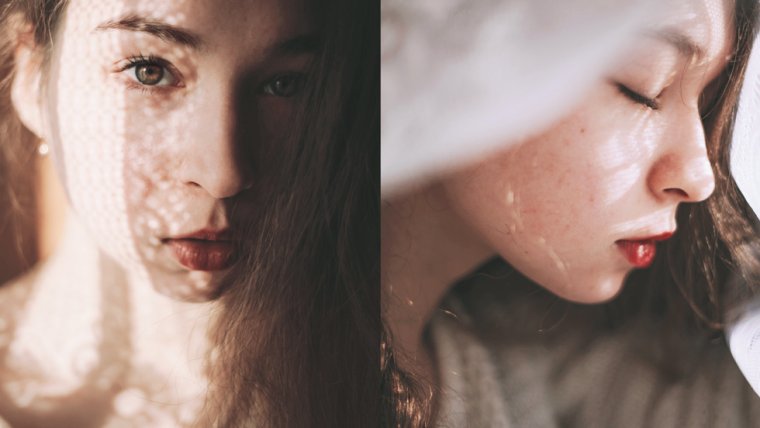
Sometimes, one photo isn’t enough. Sometimes, a single image feels void of meaning or value. Instead of considering yourself a failure for not being able to create more powerful photographs, experiment with diptychs. Chances are that this method will give you more opportunities to express yourself clearly, preventing you from abandoning the precious images you once considered useless.
Combining photographs is like placing one puzzle piece next to another for a perfect fit, for a perfectly eloquent story. The term used to describe these puzzle pieces is diptych; a diptych consists of two images which clearly reflect the photographer’s feelings about the subjects in the photos. These reflections can oppose each other dramatically or beautifully complement one another. No matter what the result is, it has the potential to provide viewers with a deeper look into the photographs’ meaning, something which enriches both the creator’s portfolio and the photographs themselves. Diptychs are a fantastic way to prove a point, highlight an often overlooked detail, or shine a light on one’s emotions by combining several elements.
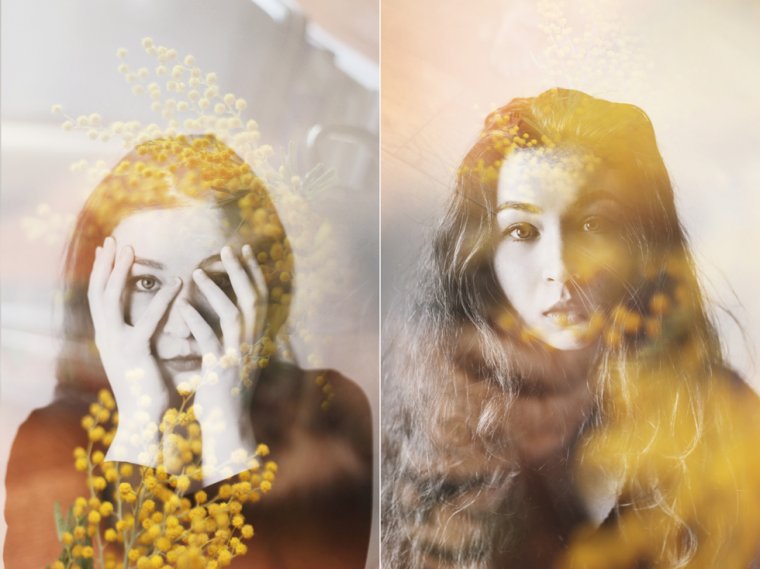
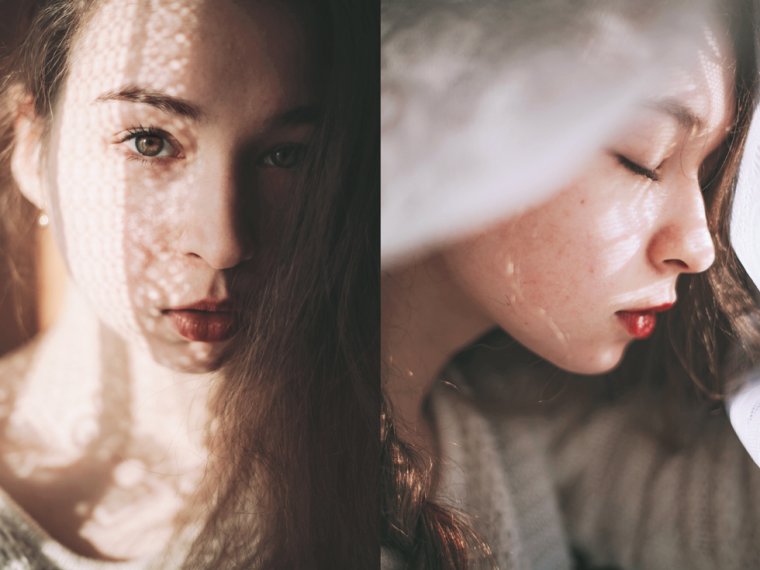
Diptychs, when planned, result in fascinatingly intelligent compositions. Combining a photo of a wilting flower with a lonely, slightly bent silhouette is an example of a plan which could become an immensely touching work of art. The advantage of immersing yourself in this world is that there’s no rule when it comes to choosing photographs – if you wish to place a macro photo next to a wide-angle shot, nobody will stop you or render you eccentric. In fact, the results might fascinate you and push you to try out even more seemingly bizarre photo combinations. If you’d like diptychs to be a consistent part of your portfolio, or if you simply want to have an experimental phase, acquire a notebook for collecting diptych ideas. In addition to giving you ideas related to compositions, this working process will also provide you with general photo inspiration.
Spontaneous diptychs, albeit unpredictable, can end up becoming fun and creativity boosting challenges. If you can’t find any suitable photos to use from a recent shoot, look through your archives and find something that feels appropriate. Collect photographs which you deem fitting and experiment with them until you find the perfect match. If you’re interested in greatly broadening your artistic horizons, take photos of striking objects and people to include in future diptychs. Such resources could also come in handy when making double exposures. No matter what you use them for, these images will inevitably aid you in your future photography projects.
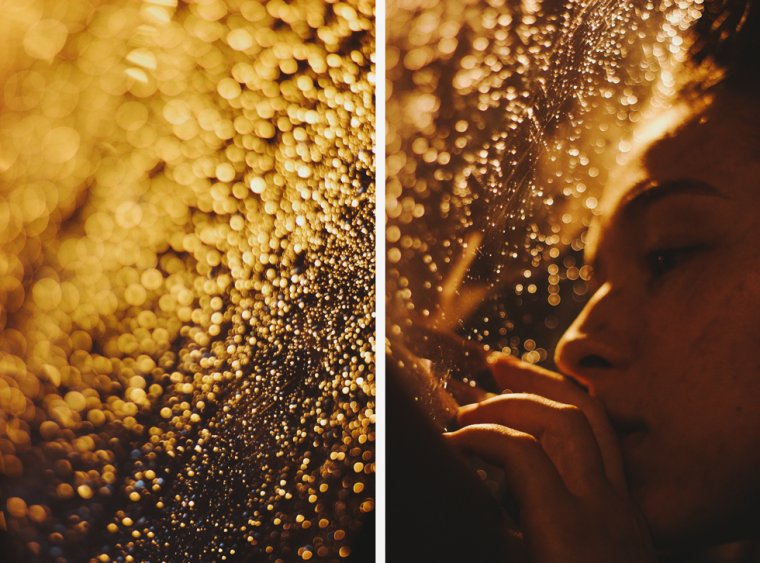
Now that you’re familiar with the advantages of planned and spontaneous diptychs, dare to experiment with both. Notice what feels right for you as an artist, take notes, and boldly play around. Eventually, you’ll be more aware of your preferences while still being familiar with other ways of photographing and creating. The more you keep your eyes and mind open, the more potential you’ll discover in unfamiliar types of art.
The power of a diptych heavily relies on storytelling. Since there are millions of unique stories you could tell, let this form of art fill you with freedom and curiosity. Having twice as many opportunities to share your emotions is similar to being given twice as much space to shoot in. Diptychs are like thick books filled with stories upon stories, ones which affect each viewer differently. Ask yourself, “What kind of story do I want to tell? What kind of artist do I want to be?” As you muse over this, the answers will quietly arrive, carrying with them an abundance of ideas to satisfy your creative thirst. Use these stories to give shape to your art.
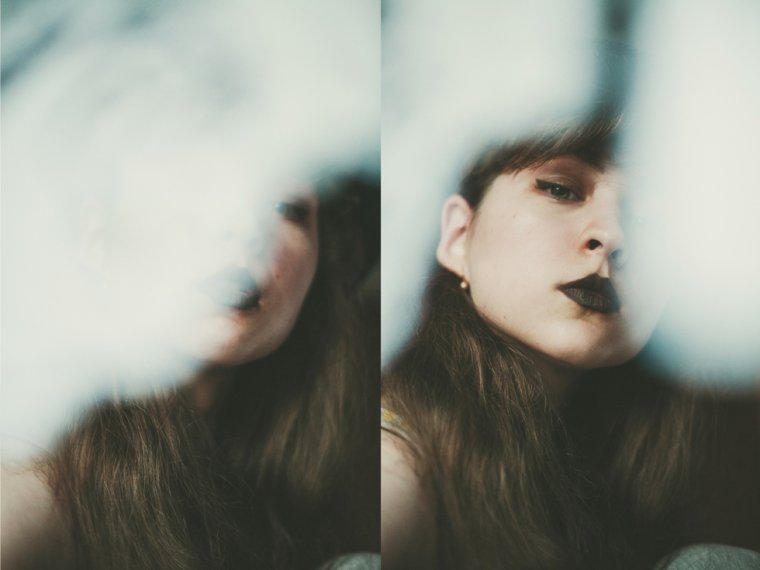
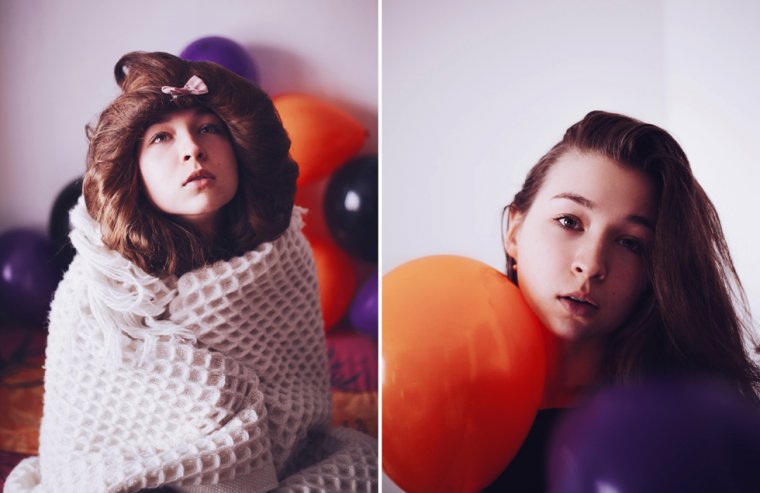
As you photograph, be it for the sake of fashion, landscape, wildlife etc., keep diptychs in mind. While providing you with healthy challenges to help you grow creatively, they also give you a chance to open your mind to other forms of art; if you’re a portrait photographer, you might want to experiment more with landscape photography to create breathtaking portrait/nature diptychs. If you mainly focus on macro photography, take spontaneous portraits to mix with your closeups. The beauty of diptychs is that they embrace every type of artist out there. Most importantly, they give every photographer a chance to grow, improve and appreciate their work even more.
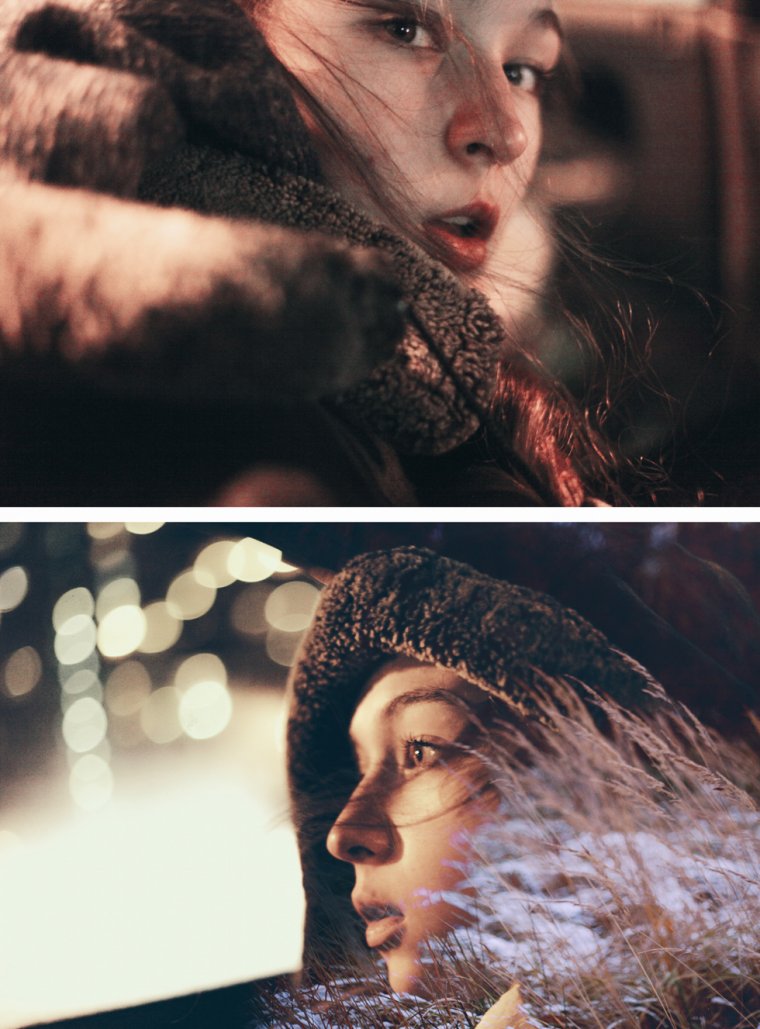
Comments (0)
There are no comments yet.